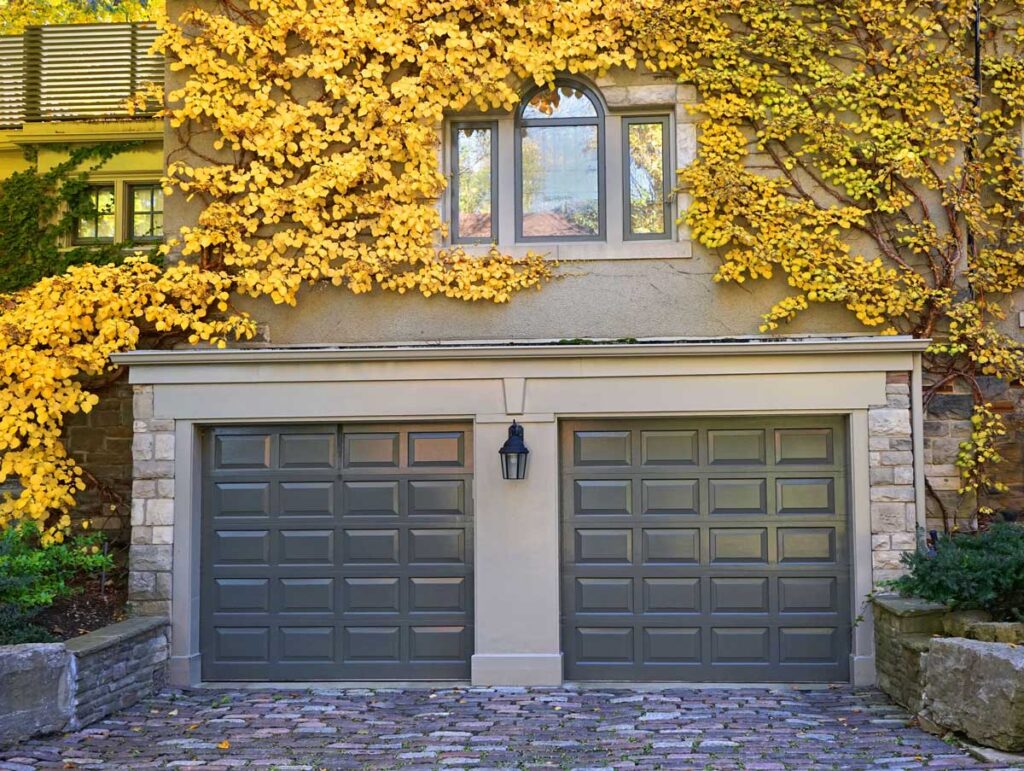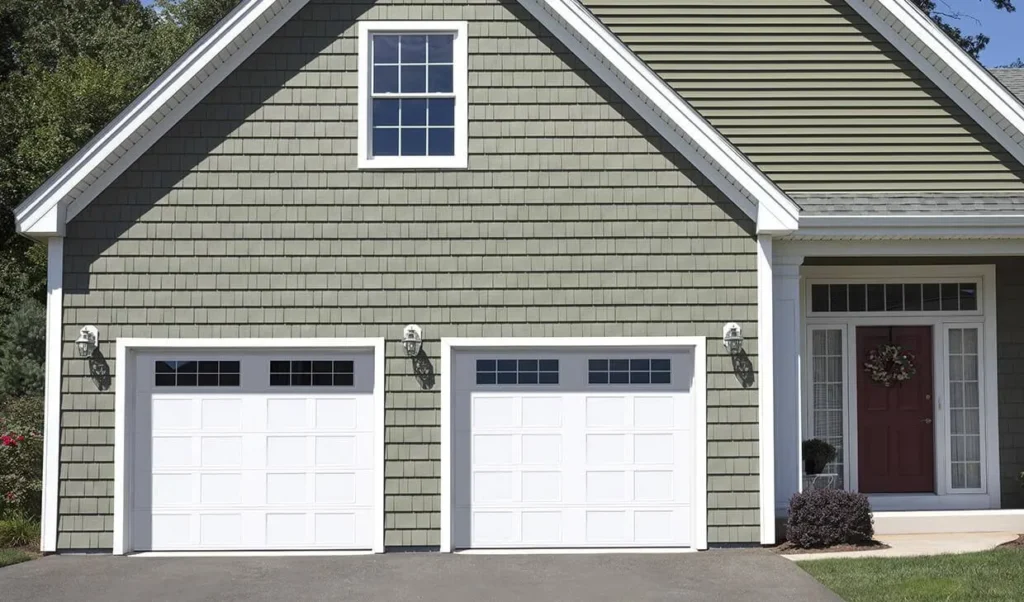As a homeowner who has experienced the frustration of a noisy or sluggish garage door, I know firsthand the importance of proper maintenance. One of the simplest yet most effective ways to keep your garage door operating smoothly is by greasing its components. Regular greasing not only reduces friction and wear but also extends the lifespan of your garage door system.

In this Garage Door Repair guide, I’ll share five expert ways to grease your garage door effectively, ensuring optimal performance and peace of mind.
1. Choose the Right Lubricant:
Before diving into the greasing process, it’s crucial to select the right lubricant for your garage door. Not all lubricants are created equal, and using the wrong type can do more harm than good. Opt for a silicone-based or lithium-based grease specifically formulated for garage door components. These lubricants provide excellent protection against rust and corrosion while withstanding temperature fluctuations and moisture. Avoid using oil-based lubricants or WD-40, as they can attract dirt and debris, leading to buildup and potential damage over time.
2. Identify Key Components to Grease:
Next, familiarize yourself with the critical components of your garage door system that require greasing:
- Rollers: Rollers are responsible for guiding the garage door along the tracks during operation. Apply grease to the roller stems and bearings, ensuring smooth rotation and reduced friction.
- Hinges: Hinges connect the garage door sections and allow for smooth movement during opening and closing. Apply grease to the pivot points of each hinge, ensuring flexibility and minimizing wear.
- Springs: Torsion springs and extension springs counterbalance the weight of the garage door, making it easier to open and close. Apply a light coating of grease to the spring coils, focusing on areas where they make contact with other components.
- Tracks: Tracks provide a smooth pathway for the rollers to follow during operation. Apply a thin layer of grease to the inside of the tracks, ensuring that the rollers glide effortlessly along the path.
- Lock Mechanism: If your garage door is equipped with a locking mechanism, apply grease to the moving parts to ensure smooth operation and prevent rust or corrosion.
3. Clean and Prepare the Components:
Before applying grease, it’s essential to clean and prepare the components to ensure optimal adhesion and effectiveness. Start by wiping down the rollers, hinges, springs, tracks, and any other greasable parts with a clean rag or cloth to remove dirt, dust, and old grease buildup. For stubborn residue, use a mild detergent or solvent to dissolve grease and grime. Once cleaned, allow the components to dry completely before proceeding with the greasing process.
4. Apply Grease Methodically:
With the components cleaned and prepared, it’s time to apply grease methodically for maximum coverage and effectiveness:
- Rollers: Using a grease gun or a small brush, apply a small amount of grease to each roller stem and bearing. Rotate the rollers manually to ensure that the grease is evenly distributed and penetrates the bearings for smooth operation.
- Hinges: Apply grease to the pivot points of each hinge, focusing on areas where metal rubs against metal. Use a brush or applicator to reach tight spaces and ensure thorough coverage.
- Springs: Apply a light coating of grease to the entire length of the spring coils, paying particular attention to areas where the coils make contact with other components. Avoid over-greasing, as excess grease can attract dirt and debris.
- Tracks: Apply a thin layer of grease to the inside of the tracks using a rag or brush. Ensure that the grease is evenly distributed along the entire length of the tracks to facilitate smooth movement of the rollers.
- Lock Mechanism: Apply grease to the moving parts of the lock mechanism, such as the latch and bolt, to ensure smooth operation and prevent corrosion.
5. Test and Monitor Performance:
Once you’ve applied grease to all the necessary components, it’s time to test the garage door’s operation and monitor its performance:
- Open and close the garage door several times to allow the grease to distribute evenly and lubricate the moving parts.
- Listen for any unusual noises or resistance during operation, as these may indicate areas that require additional greasing or maintenance.
- Monitor the garage door’s performance over time and reapply grease as needed to maintain smooth operation and prevent premature wear.
Conclusion:
In conclusion, based from Garage Door Repair, greasing your garage door is a simple yet essential maintenance task that can prolong its lifespan and ensure smooth, quiet operation for years to come. By choosing the right lubricant, identifying key components to grease, cleaning and preparing the components, applying grease methodically, and testing and monitoring performance, you can effectively grease your garage door like a pro. So, roll up your sleeves, grab your grease gun, and give your garage door the TLC it deserves for reliable performance and peace of mind.
US Garage Door Repair
205B W Lincoln Ave MI, Madison Heights, MI 48071, United States
248-707-0820









